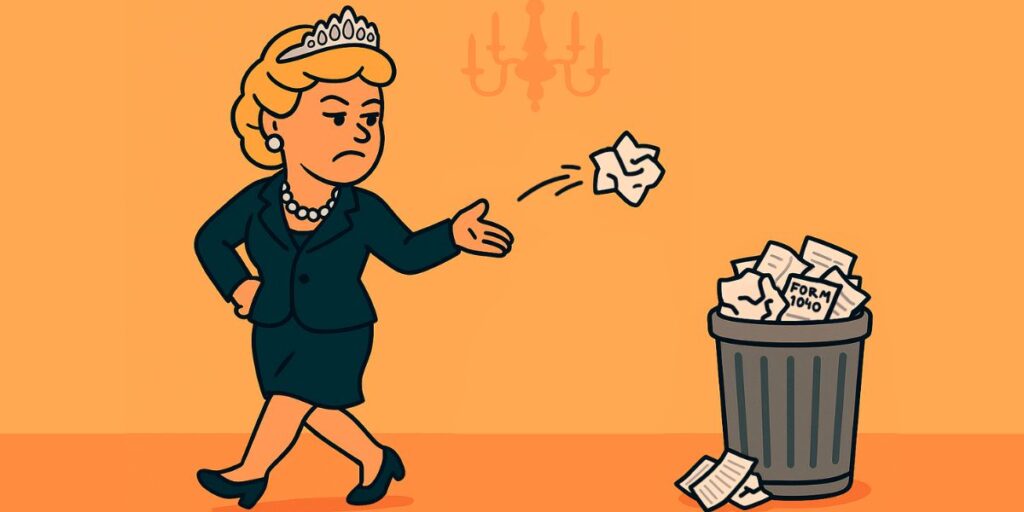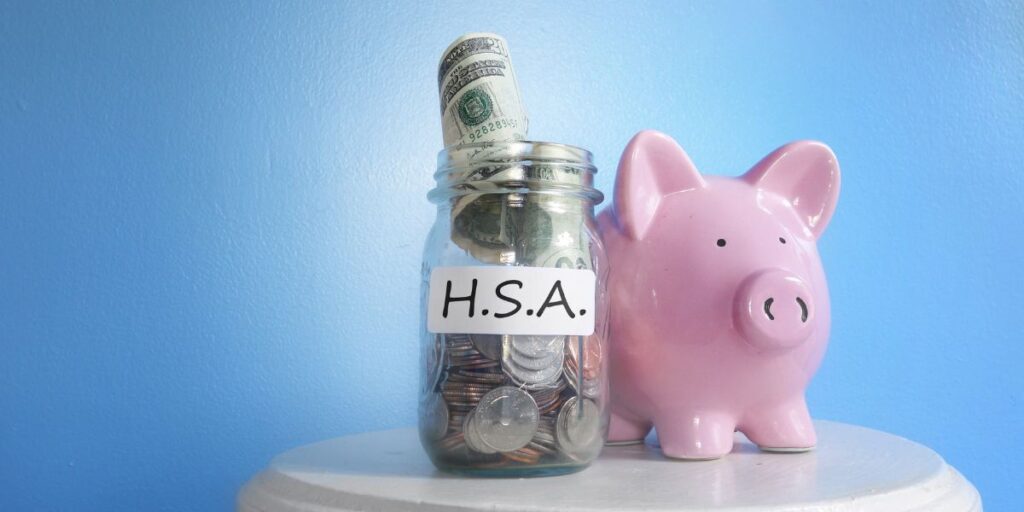The average American will spend a shocking amount of their life trying to decipher medical bills. They are puzzles with price tags, where a simple visit to the ER can sometimes cost more than a used car.
But there’s a stealthy little hero in this madness: the Health Savings Account (HSA). Not flashy. Not loud. Just the financial equivalent of a pocketknife that unfolds into a chainsaw when you need it most. And an HSA offers significant tax benefits, too.
What HSAs Are and How They Work
An HSA is a tax-advantaged savings account that you can use to pay for qualified medical expenses. Think of it as a personal piggy bank for healthcare costs that comes with a rare “triple-tax benefit” from the IRS.
To get an HSA, you need a High Deductible Health Plan (HDHP), which is insurance code for “pay for most things yourself until disaster strikes.” But if you can handle that up-front risk, you unlock HSA access.
In 2025, an individual can contribute up to $4,300, and a family can contribute up to $8,550 per year. Those 55 or older can add $1,000 annually as a catch-up contribution. The most significant advantage of an HSA, however, lies in its triple tax benefits:
- Contributions are pre-tax
- Growth is tax-free
- Withdrawals for qualified medical expenses? Also tax-free
It’s basically the unicorn of the tax world: rare, majestic, and unexpectedly helpful.
Eligible Expenses You Probably Didn’t Expect
You can pay for a lot of things using your HSA, including:
- Condoms
- Breast cancer screenings
- Glucose monitors
- Reading glasses
- Dental visits
- Allergy meds
- Menstrual cups and pads
- Hemorrhoid cream
The “Last Month Rule” and Other Fine Print
Navigating an HSA has a few essential rules, so it’s not all sunshine and tax-free rainbows. One of the trickier provisions is the “last-month rule.” This rule is a notable exception that allows you to contribute the full annual HSA amount, even if you only became HSA-eligible on December 1st.
However, this comes with a strict requirement to remain eligible for the entire following calendar year: If you max out your contributions under the “last-month rule,” you must stay HSA-eligible for the next 12 months.
Additionally, you should consider the following:
- When you spend your HSA on non-medical expenses before age 65, it’s a 20% penalty plus taxes (so don’t even think about using it on a trip to Disneyland).
- And if you’re enrolled in Medicare, you can’t contribute anymore
The Roll-Over Perk: AKA the Anti-Panic Plan
HSA funds never expire. Unlike those cafeteria plans that make you panic-buy gauze pads and new prescription glasses on December 29, this account rolls over forever. You can take it with you from job to job, state to state, year to year. It’s your little medical money tree, and no HR spreadsheet can uproot it.
The Retirement Power Move No One Talks About
HSAs also double as retirement accounts. After age 65, you can spend the money on anything (not just medical) without the 20% penalty (though you’ll pay income tax if it’s not health-related).
Unsexy, Underrated, Unbelievably Useful
HSAs aren’t flashy and will never be the subjects of viral TikToks. Still, they are one of the only financial tools that offer predictable value without shady fine print. If you can tolerate a higher deductible and a little paperwork, this humble account may be your future self’s favorite thing besides indoor plumbing and noise-canceling headphones.




